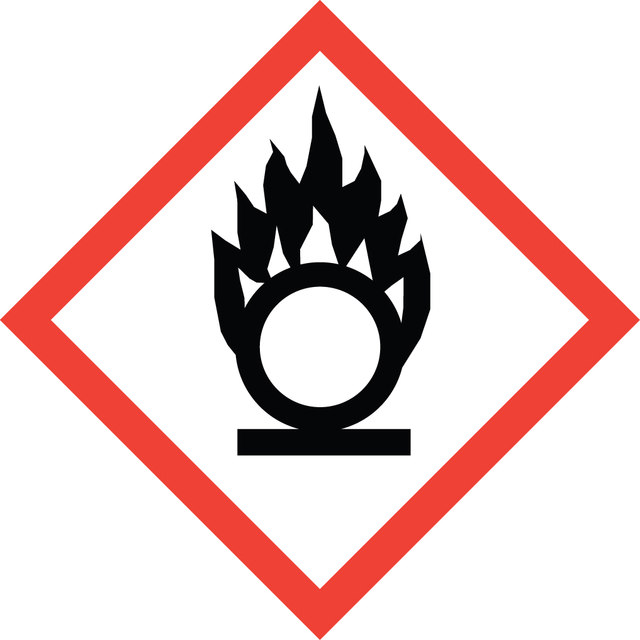Select a Size
About This Item
Product Name
Silver nitrate, meets analytical specification of Ph. Eur., BP, USP, 99.8-100.5%
InChI key
SQGYOTSLMSWVJD-UHFFFAOYSA-N
InChI
1S/Ag.NO3/c;2-1(3)4/q+1;-1
SMILES string
[O-][N+]([O-])=O.[Ag+]
vapor density
5.8 (vs air)
assay
99.8-100.5%
form
solid
quality
meets analytical specification of Ph. Eur., BP, USP
impurities
Al, Pb, Bi and Cu ions, complies
acidity or alkalinity, complies
residual solvents, complies
≤0.03% subst. not precipitated by HCl (as SO4)
mp
212 °C (dec.) (lit.)
solubility
benzene: soluble 2.2 g/L
anion traces
nitrite (NO2-): ≤1000 mg/kg
sulfate (SO42-): ≤100 mg/kg
cation traces
Cu: ≤5 mg/kg
Fe: ≤5 mg/kg
Pb: ≤20 mg/kg
suitability
complies for appearance of solution
Quality Level
Looking for similar products? Visit Product Comparison Guide
Related Categories
Application
Biochem/physiol Actions
Disclaimer
signalword
Danger
Hazard Classifications
Aquatic Acute 1 - Aquatic Chronic 1 - Eye Dam. 1 - Met. Corr. 1 - Ox. Sol. 2 - Repr. 1B - Skin Corr. 1A
Storage Class
5.1B - Oxidizing hazardous materials
wgk
WGK 3
flash_point_f
Not applicable
flash_point_c
Not applicable
Regulatory Information
Choose from one of the most recent versions:
Already Own This Product?
Find documentation for the products that you have recently purchased in the Document Library.
Our team of scientists has experience in all areas of research including Life Science, Material Science, Chemical Synthesis, Chromatography, Analytical and many others.
Contact Technical Service


